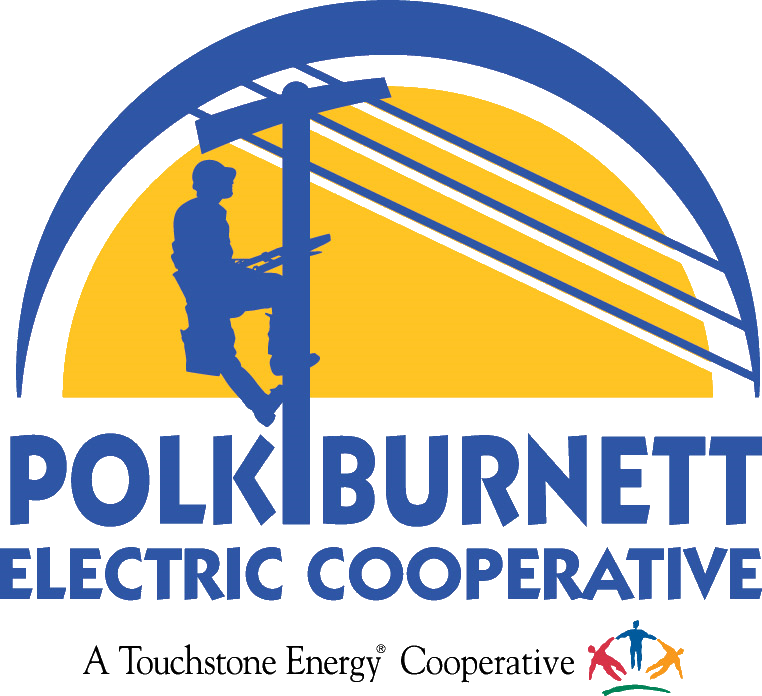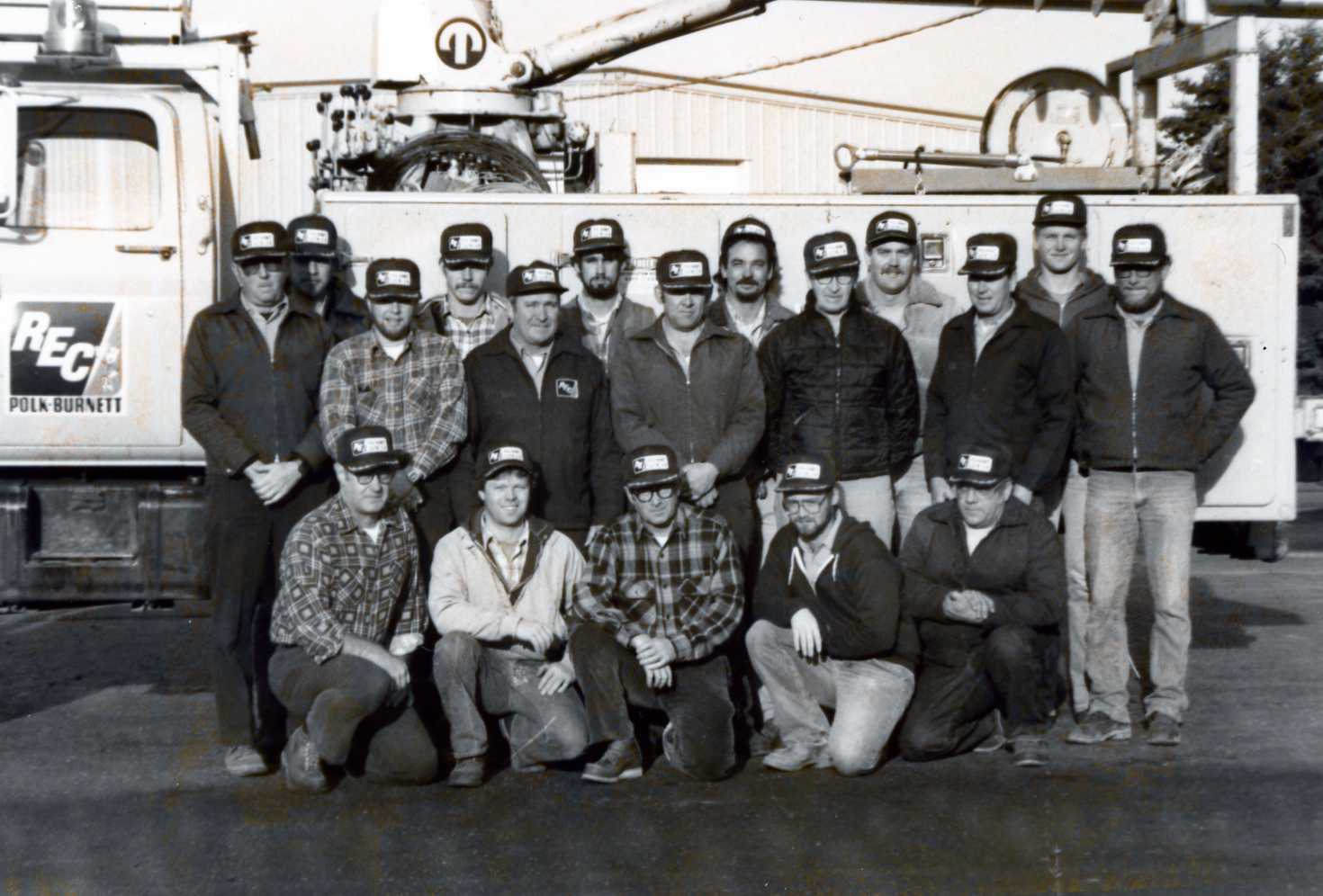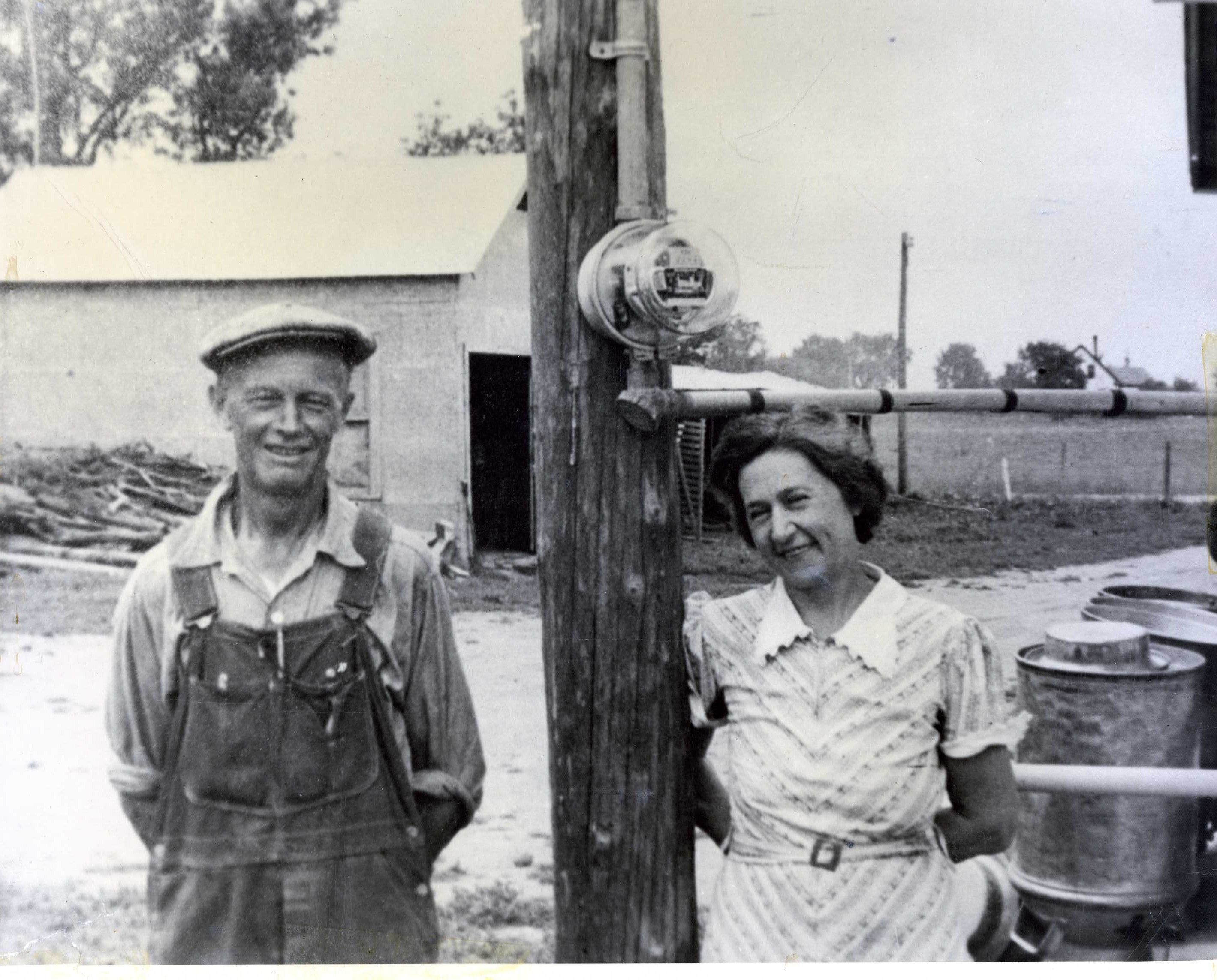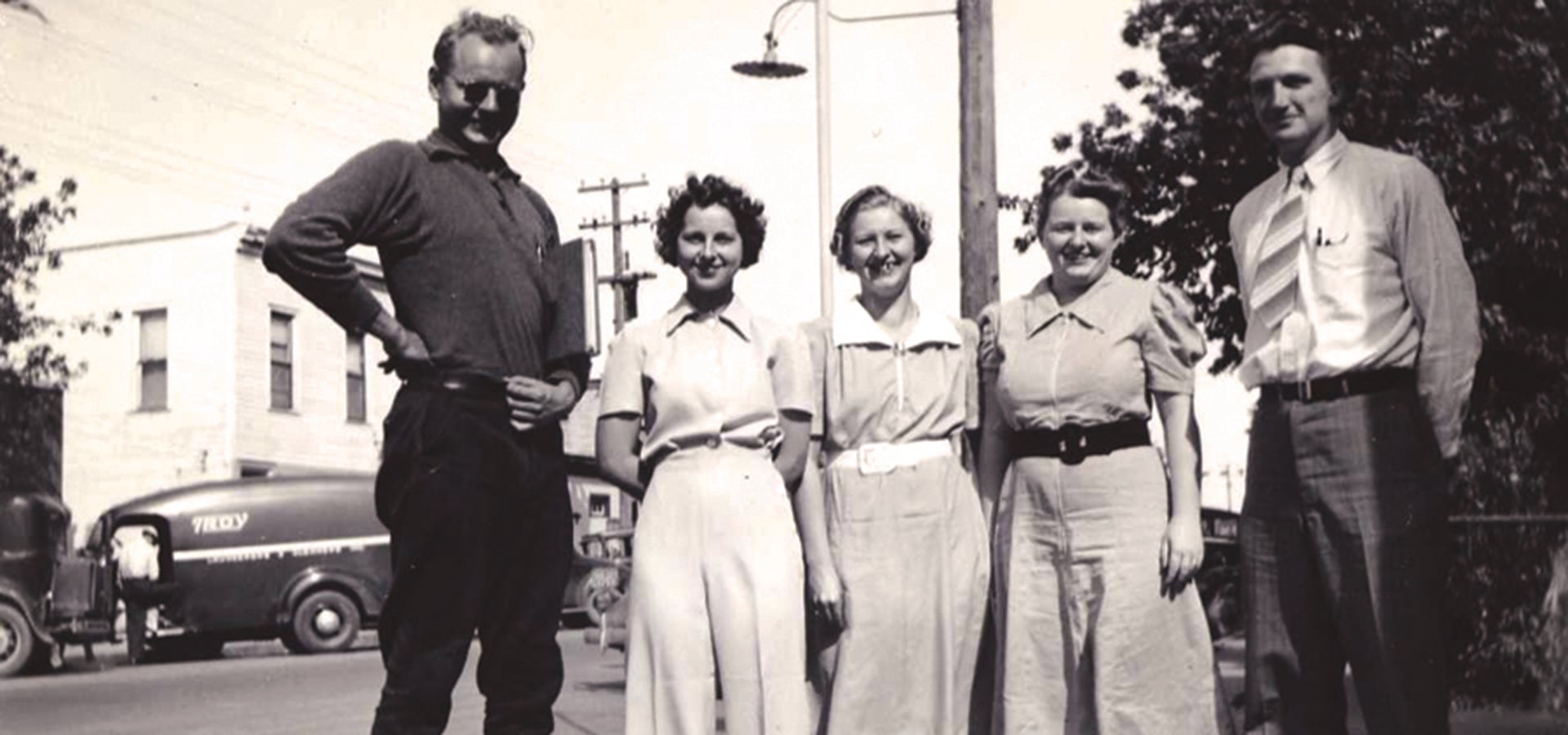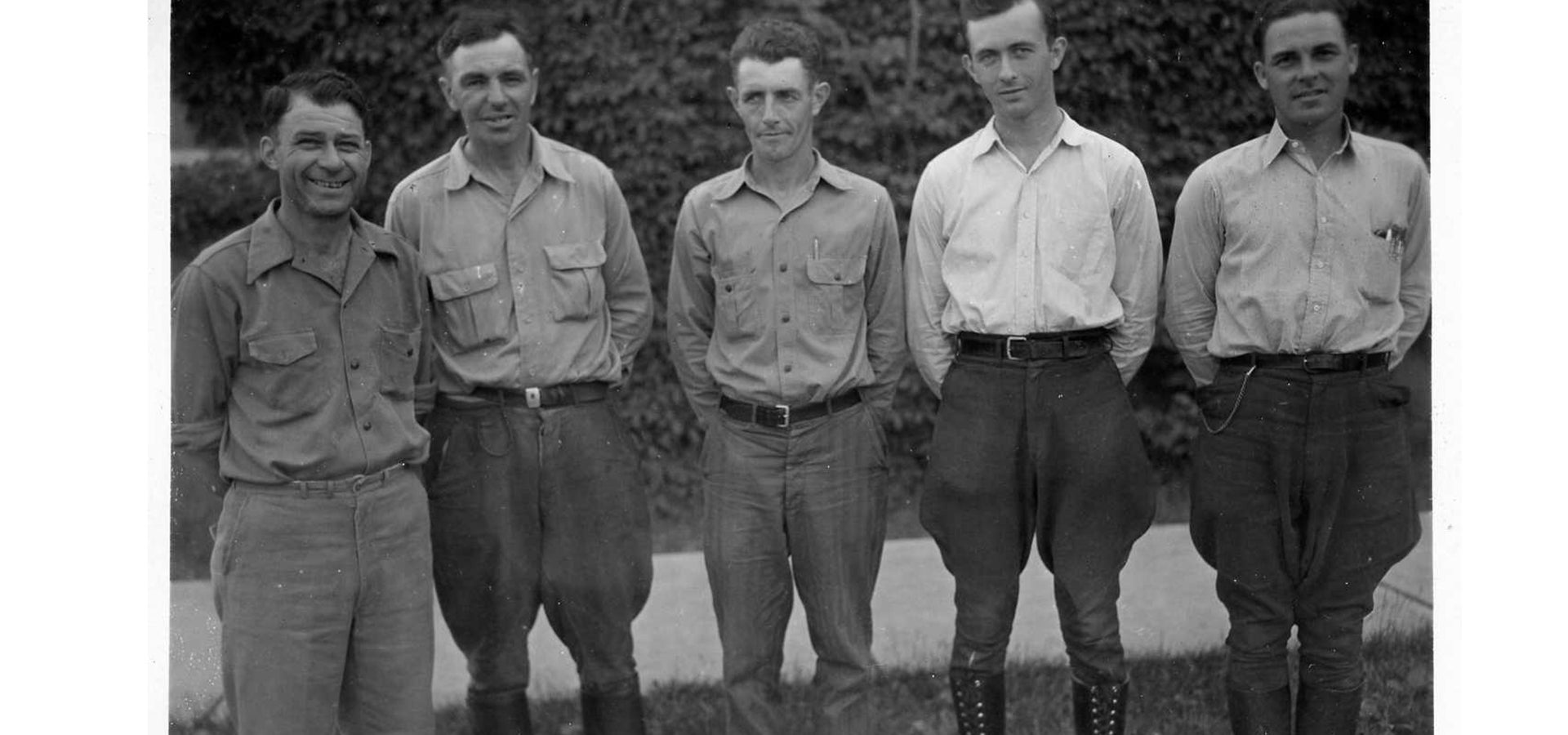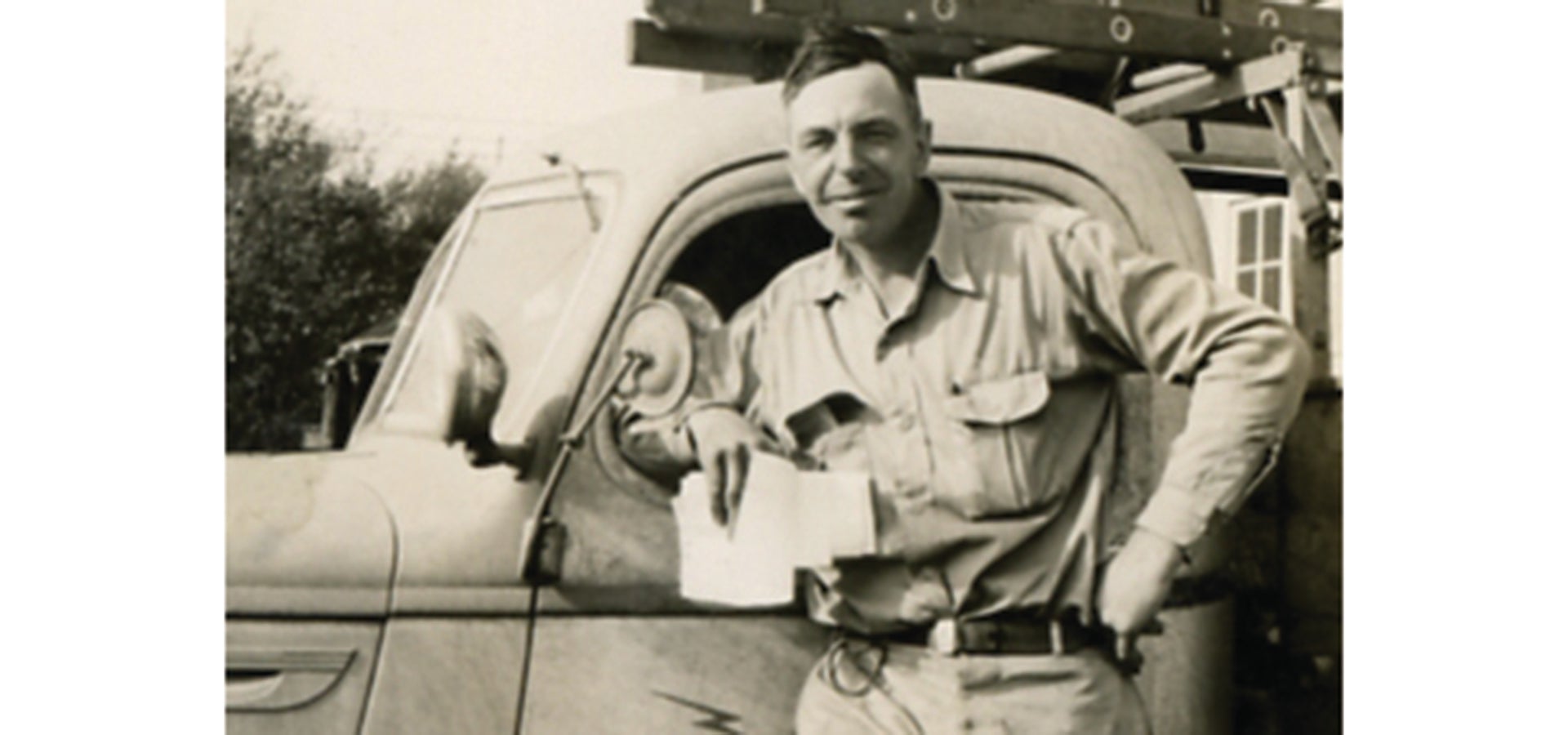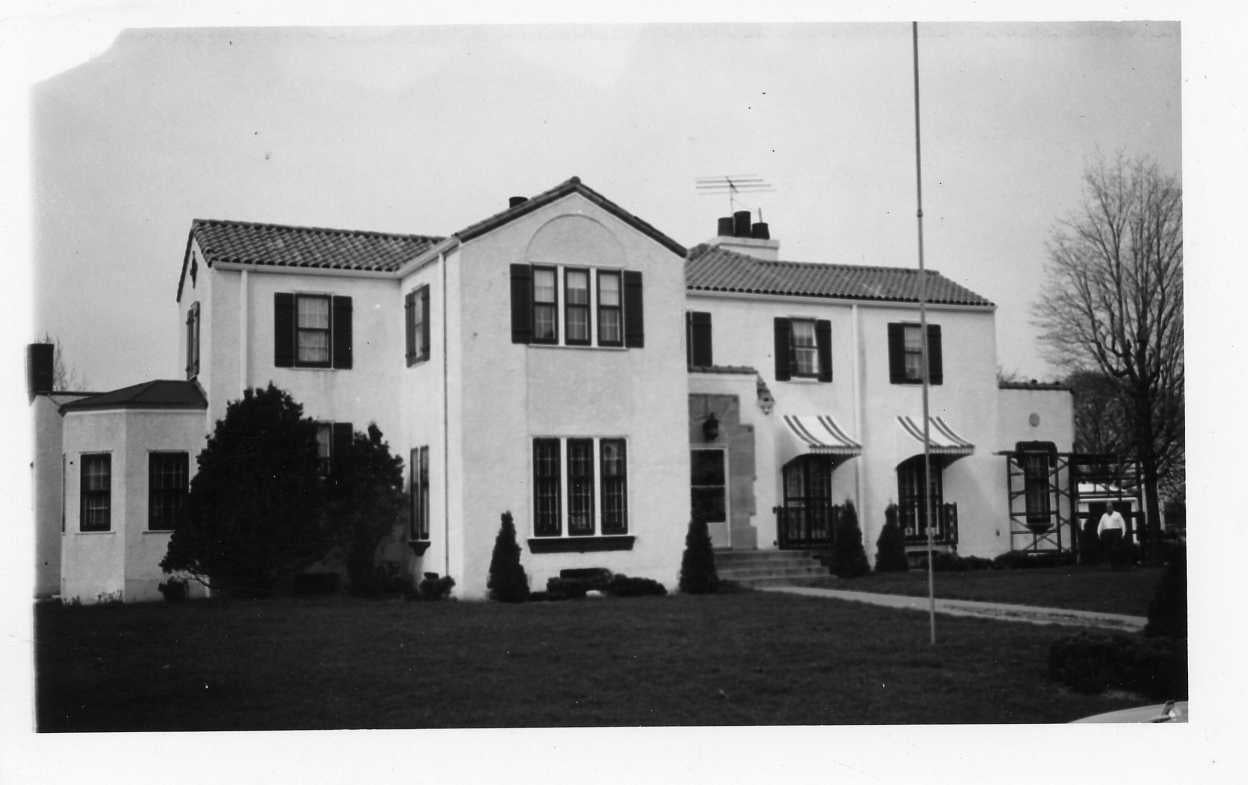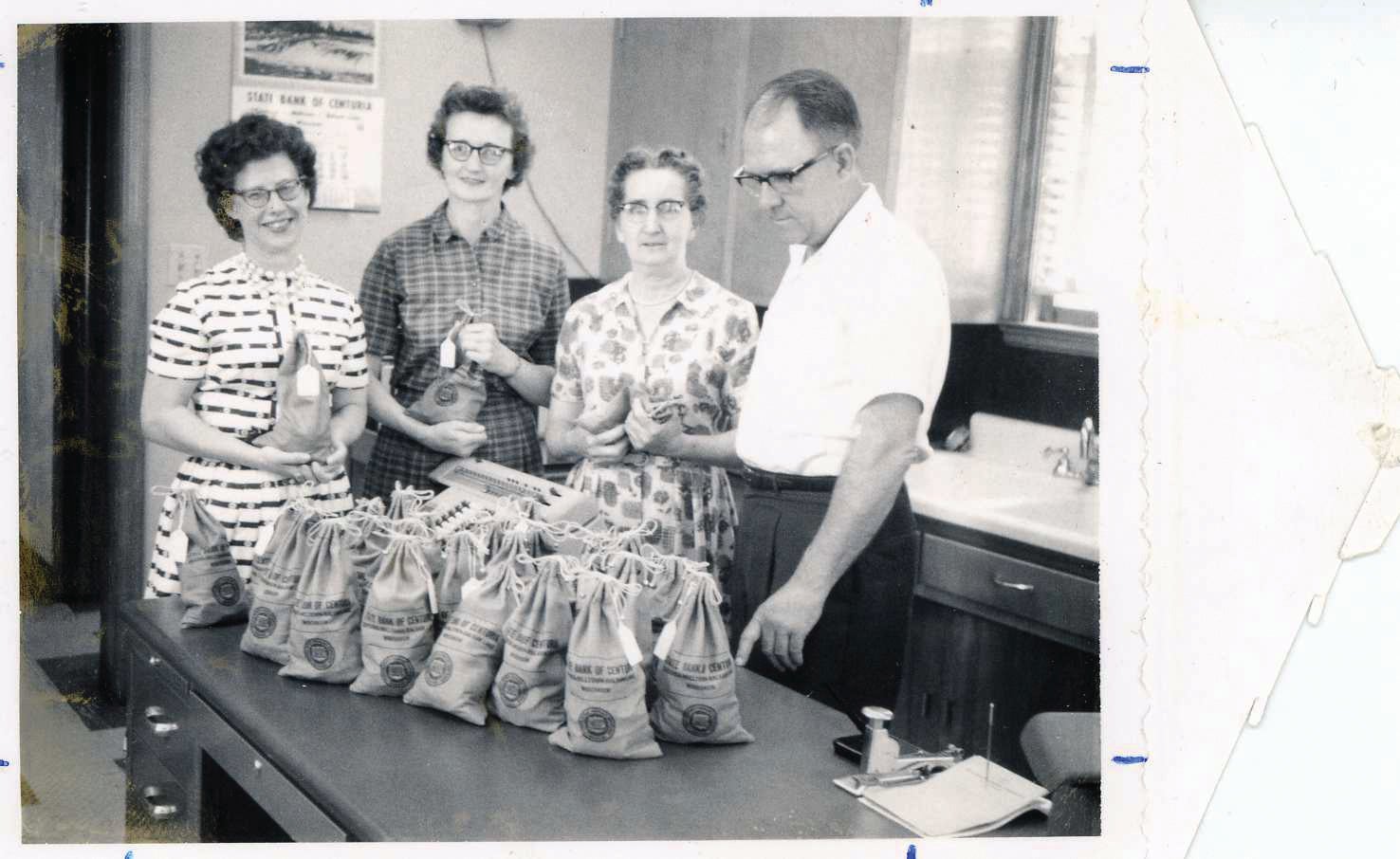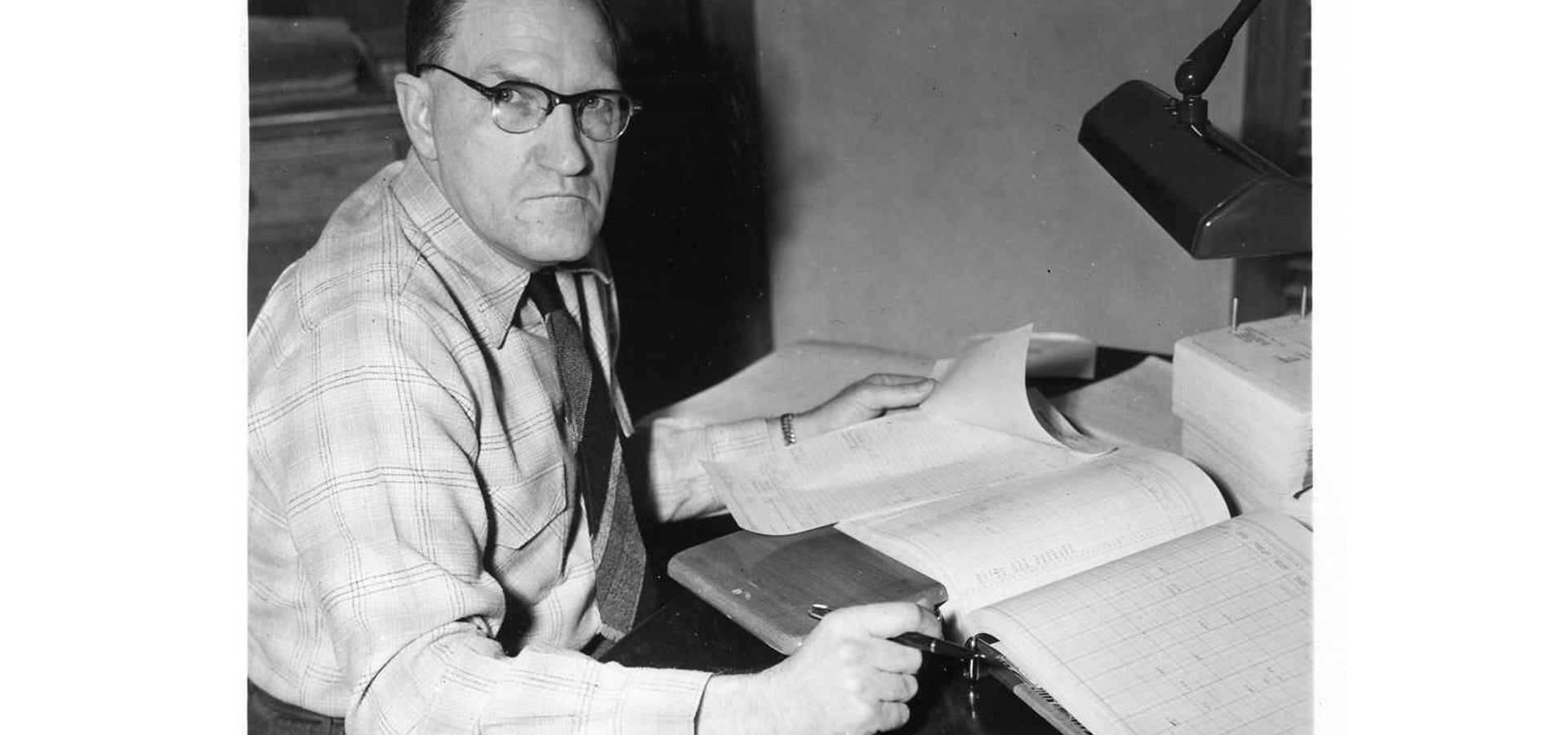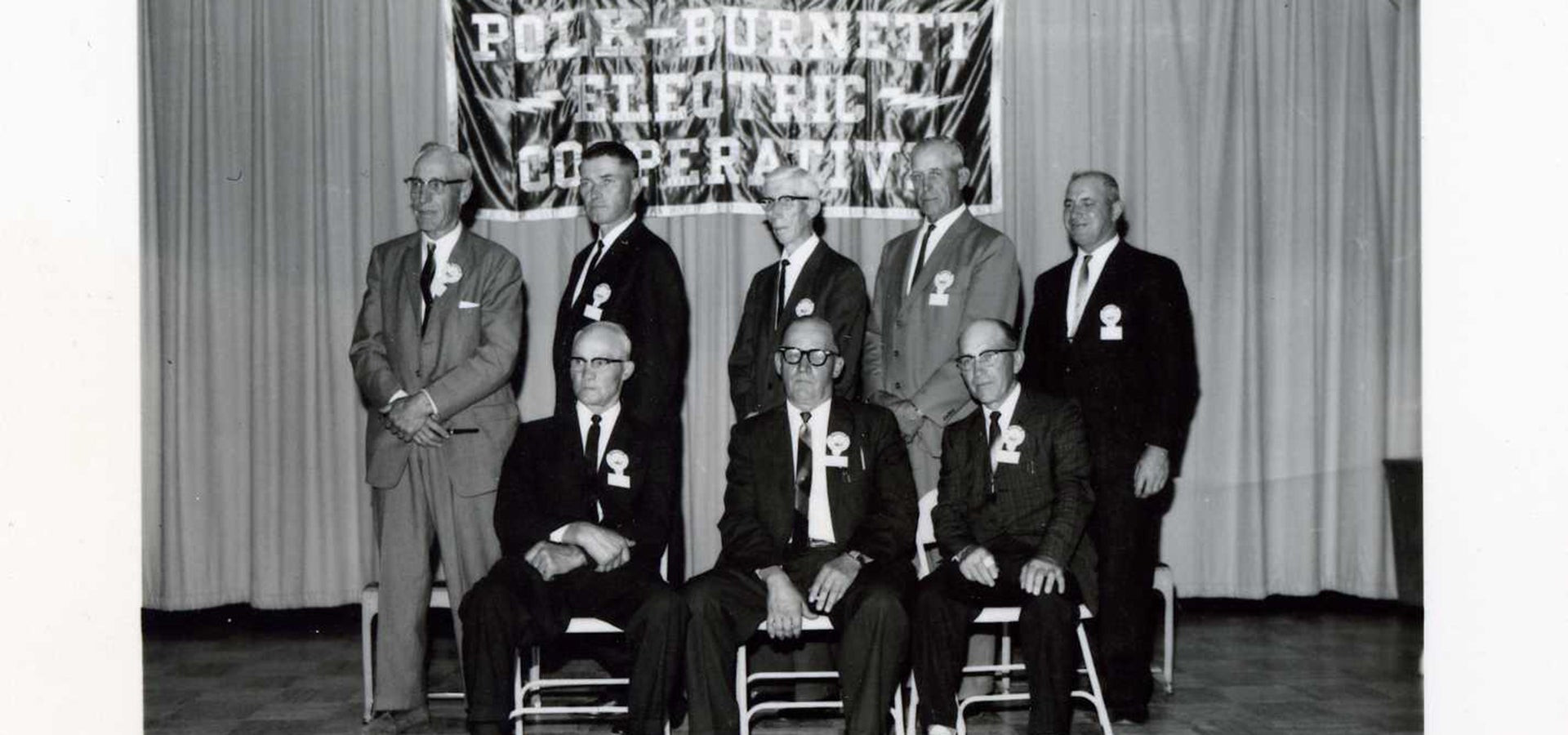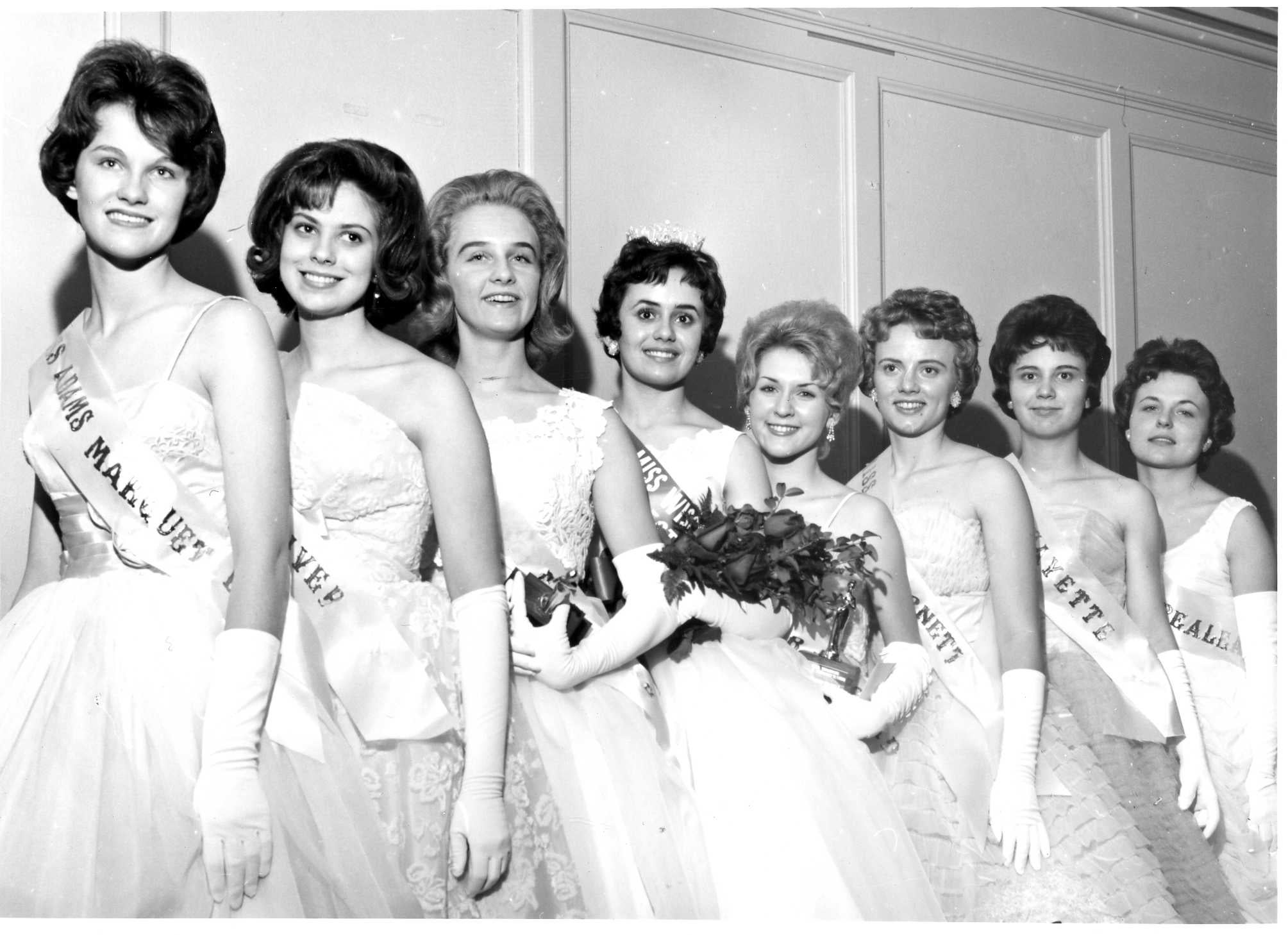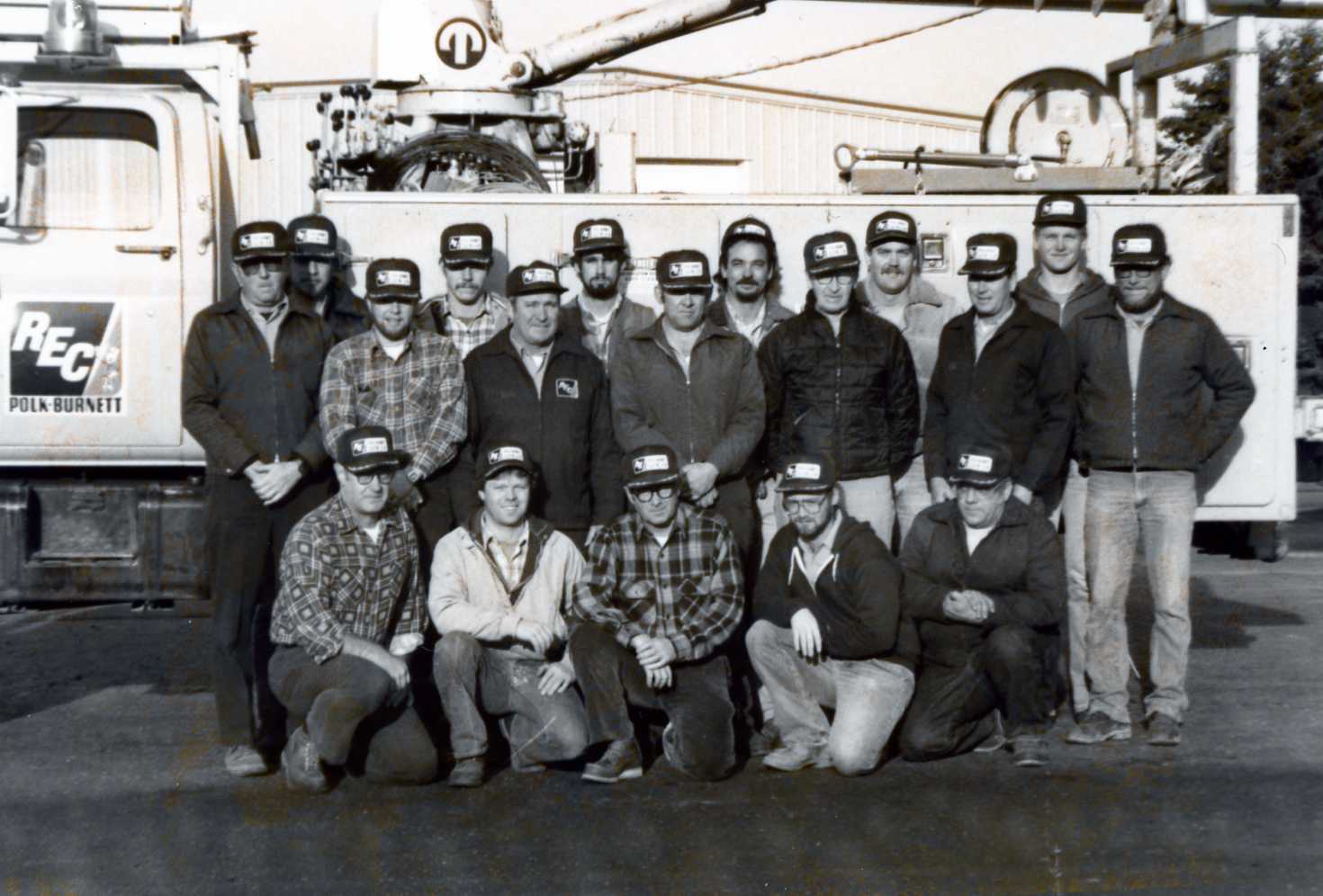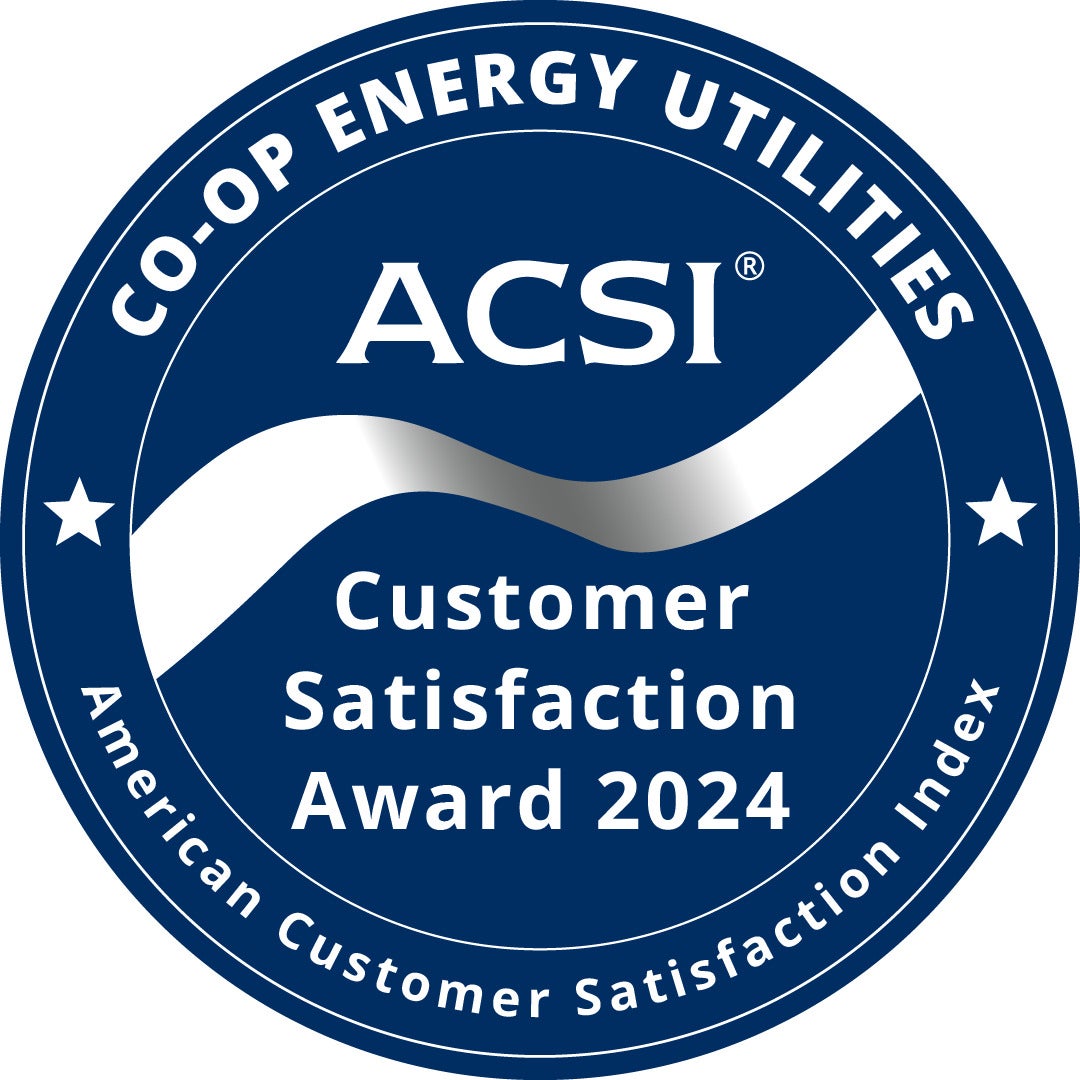Polk-Burnett Electric Cooperative was established by members like you in 1938 with lines, poles and the notion we all prosper by helping one another. Today, the cooperative spirit continues. Polk-Burnett directors and employees serve more than 22,000 members and maintain 3,500 miles of power line across 2,000 square miles. We are proud to honor co-op pioneers and Polk-Burnett's local legacy.
See Polk-Burnett Electric Cooperative Timeline
Before the co-op
In the mid-1930s, 40s and 50s, there was a vast difference between the quality of life for town and country people living in Polk and Burnett counties. While most townspeople had the benefits of electricity since the 1920s, the Agricultural Census in 1935 showed that only 19.6 percent of the farmers and country dwellers had power. In villages, where people lived close together, the local power companies could take in enough revenue to make each mile of line profitable. Not so in less-populated rural areas, with only one or two potential customers per mile of line. To profit, power companies had to charge $2,000 to $3,000 to extend electric service. The situation was much the same in rural areas across the nation.
Creation of the REA
The lack of rural electrification began to change when President Franklin Delano Roosevelt established the Rural Electrification Administration (REA) in 1935. The REA was created to encourage electrification of the nation's rural areas and to provide loan capital to make electric service available. The intent was to provide a funding source that would be used by existing electric companies to extend service from urban areas into the countryside.
However, most people in the electric power industry concluded that serving farms and other rural residences would not be profitable. By the end of the REA's first year, only seven investor-owned utilities in the United States had borrowed funds for rural electrification.
Co-op movement comes to Polk and Burnett counties
Meanwhile, interest in the REA had spread throughout the Polk and Burnett county area. The late Wayne F. Kelly of St. Croix Falls took a particular interest. In the fall of 1931, Kelly had purchased 60 acres of land on the south shore of Deer Lake. "For several years my neighbors and I, Mr. Edward L. McKenzie being one of them, were anxious to get power in that area," Kelly wrote in a letter for Polk-Burnett's 20th anniversary in 1958. "We did our best to get Northern States to build into that section, as it was only four miles to their line, but failed in each attempt. One Sunday afternoon Mr. McKenzie and I were visiting on my front lawn when we noticed an article in the paper announcing the government REA and the lack of interest shown by investor-owned utilities."
The next morning Kelly and McKenzie were in the Balsam Lake office of Polk County District Attorney M.J. McDonald, proposing the formation of an electric cooperative to provide electric service on a non-profit basis. The next year and a half was spent documenting interest on the part of local residents and collecting $5 membership fees. Interest was expressed, but not much money was invested. Five dollars was hard to come by, "and some people were pretty skeptical of the success of the project," said Kelly, who would go on to become the first project superintendent (general manager) of the co-op.
However, cooperatives had worked for local farmers, and it was the strength of their support that, in large part, kept Polk-Burnett going during its infant stages. By the end of May 1938, 312 area residents had applied to become members of the co-op and a request was sent to the REA for approval of loan funds to construct 435 miles of line. That June, Polk-Burnett Electric Cooperative was incorporated, adopted bylaws and elected its first board of directors.
Construction soon began, and on July 27, 1939, Ole and Minnie Stoen of Georgetown Township became the first Polk-Burnett members to receive electric service; more than 400 members came on line later that year. The system grew to serve more members with each passing year.
The cooperative legacy continues
Since those early days, Polk-Burnett has grown to serve 22,000+ members throughout Polk and Burnett counties and adjoining areas. Polk-Burnett serves members from headquarters located in Centuria, and in 1979, a branch office was added in Siren for members in Polk-Burnett's northern region.
In later years, Polk-Burnett expanded its services to include propane gas and electric products. Our commitment to deliver reliable electricity to local members at the lowest possible cost continues, as does our commitment to improve life in our rural communities.
Learn how co-ops were started, and how they work and follow the cooperative principles to benefit members.
